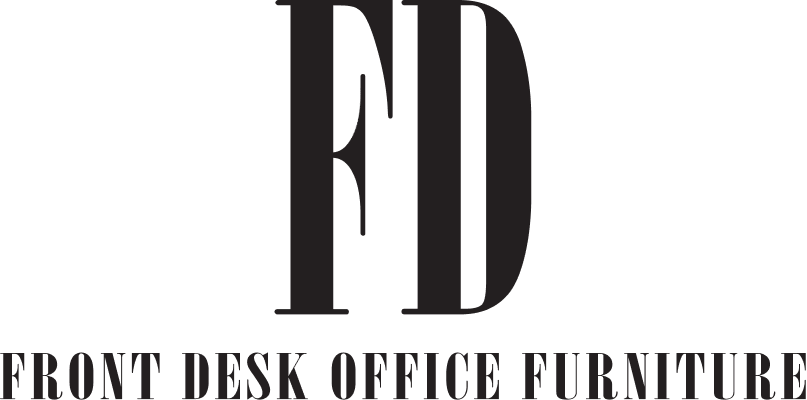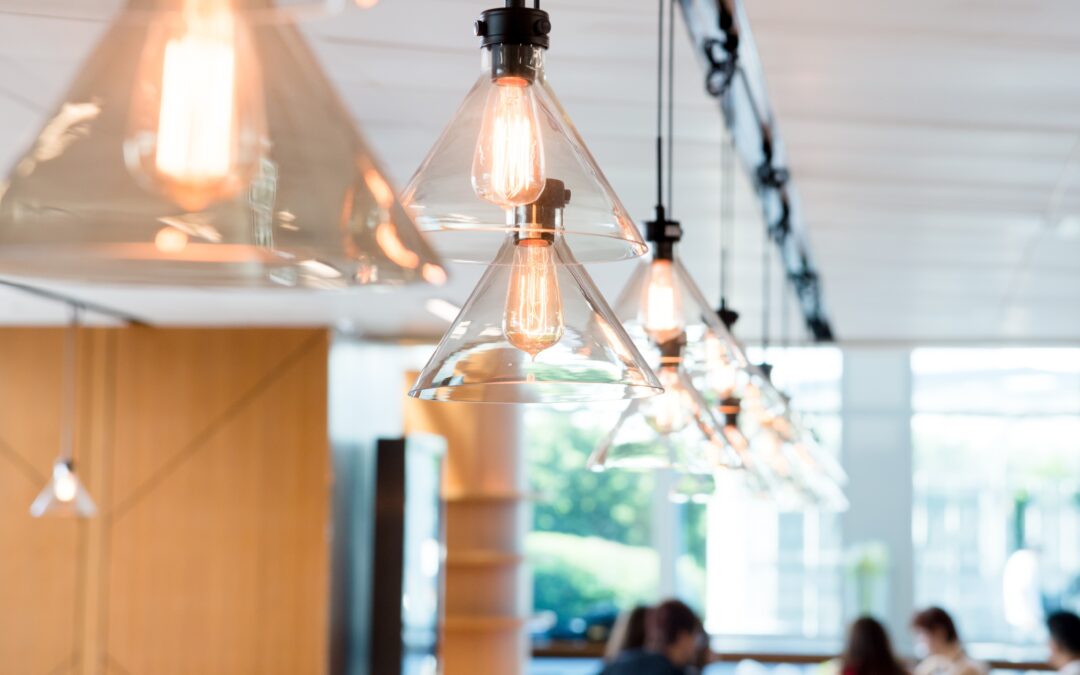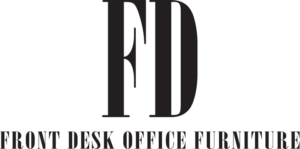In the world of office design, the significance of lighting cannot be overstated. Beyond mere functionality, lighting plays a pivotal role in shaping the overall ambiance and productivity of a workspace. When it comes to office furniture, the interplay between lighting and furnishings is a delicate dance that can significantly influence both functionality and aesthetics. In this blog, we delve into the impact of lighting on office furniture, exploring the balance between functionality and aesthetics to create a harmonious and productive work environment.
Functionality: Lighting as an Ergonomic Element
Lighting is more than just a tool to brighten up a room; it directly affects the functionality of office furniture. Proper lighting can enhance task performance, reduce eye strain, and contribute to overall employee well-being. Desks, chairs, and other office essentials must be strategically placed to optimize natural and artificial light sources. Task lighting, such as adjustable desk lamps, can be utilized to provide focused illumination for specific work areas, reducing glare and shadows and promoting a healthier and more comfortable workspace.
Aesthetics: Shaping the Visual Identity of the Office
While functionality is paramount, aesthetics also play a crucial role in office design. Lighting fixtures can be used to accentuate the aesthetic appeal of office furniture, creating a visually pleasing and inspiring workspace. Pendant lights, track lighting, and recessed lighting can be strategically positioned to highlight key elements of the office, such as conference tables, collaborative spaces, or innovative furniture designs. The right lighting can transform a mundane office into a stylish and sophisticated environment that boosts employee morale and creativity.
Balancing Act: Creating a Productive Work Environment
Achieving the perfect balance between functionality and aesthetics is the key to a successful office design. Thoughtful integration of lighting and furniture ensures that the workspace is not only visually appealing but also conducive to productivity. Consideration should be given to the color temperature of lighting, with cooler tones promoting focus and warmer tones fostering a more relaxed atmosphere. Additionally, the use of dimmers and smart lighting systems allows for adaptability, enabling employees to tailor their lighting preferences based on the task at hand.
Innovations in Lighting Technology: A Game-Changer
Advancements in lighting technology have opened up new possibilities for office design. LED lighting, for example, not only offers energy efficiency but also allows for creative lighting solutions. Smart lighting systems, equipped with sensors and automation, can adjust the intensity and color of light throughout the day, mimicking natural daylight patterns. These innovations contribute to a dynamic and responsive lighting environment that enhances both functionality and aesthetics.
Conclusion
In the ever-evolving landscape of office design, the impact of lighting on office furniture cannot be ignored. Striking the right balance between functionality and aesthetics is essential for creating a workspace that promotes productivity, employee well-being, and a positive company culture. By harnessing the potential of innovative lighting solutions and integrating them seamlessly with well-designed office furniture, businesses can illuminate success in the modern workplace.
Our customer satisfaction is higher than our competitors such as Dallas Desk. Contact us today for your office furniture needs in DFW!


